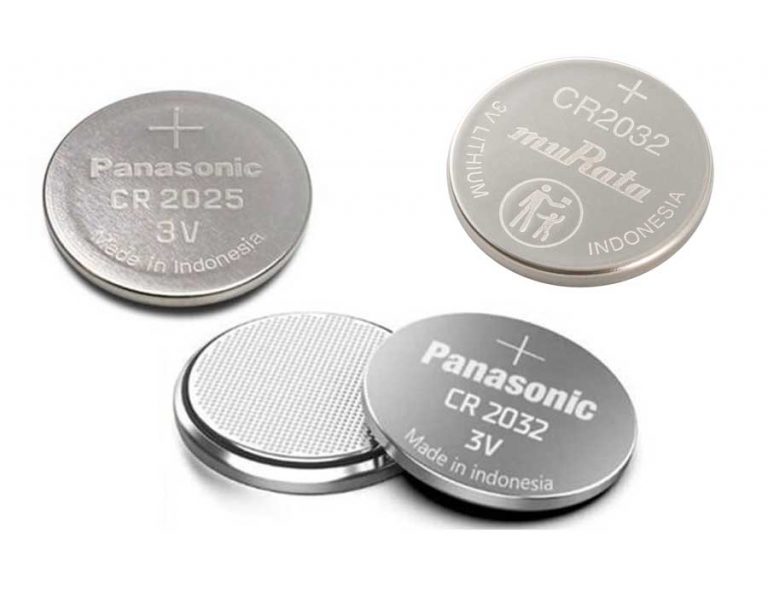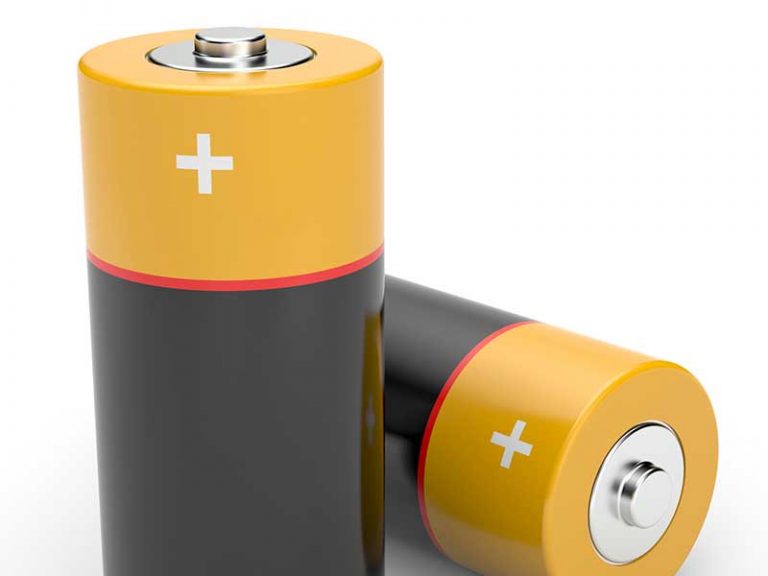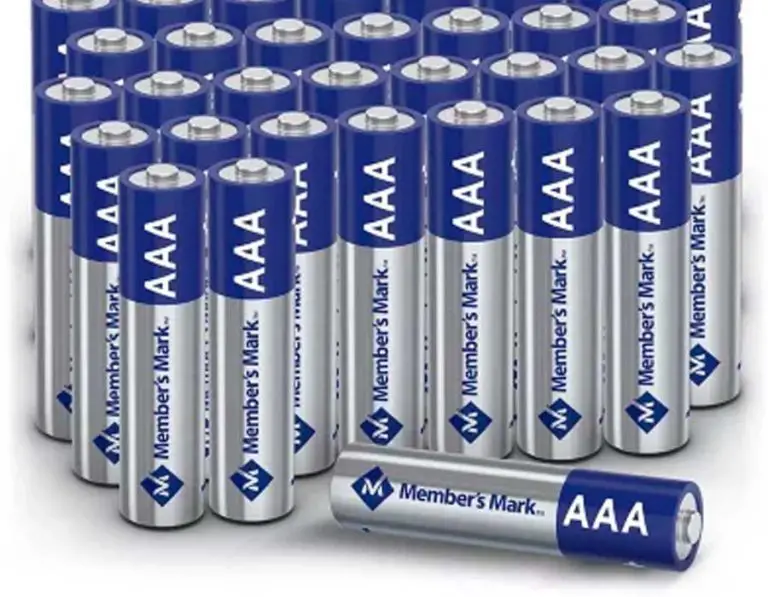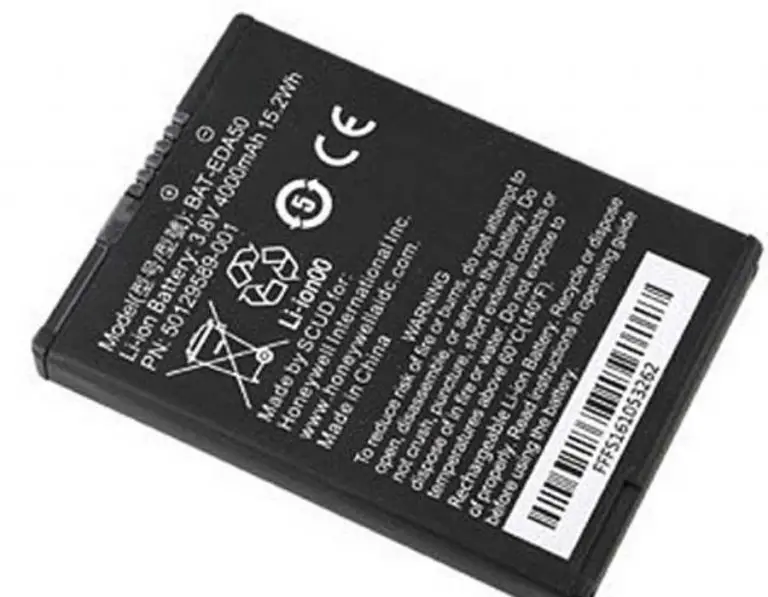How Long to Charge Car Batteries with Jumper Cables?
Restarting a car with jumper cables is important knowledge for every car owner because sometimes, the car battery may die due to bad weather, not using the car for long periods, leaving the car’s headlights on, and so on. The process of doing this is called jumpstarting, and it involves connecting your car to another car battery to restart it. However, you need to keep to safety measures to avoid explosions, as reported in some cases of jumpstarting.
What tools are needed to jumpstart a car?
For the jumpstarting process, you require two things, which are- jumper cables and a power source.
Jumper cables are long, thick, well-insulated cable that is easily identified by the clips on one or both ends. The clips show the charge (polarity); that is, black represents the negative charge while red represents the negative charge.
The power source can either be a portable jump battery, also known as a jump box, or another car with a charged battery. The most common power source for jumpstarting is another charged car.
Other tools you need are safety materials- safety gloves, safety goggles, nose masks.
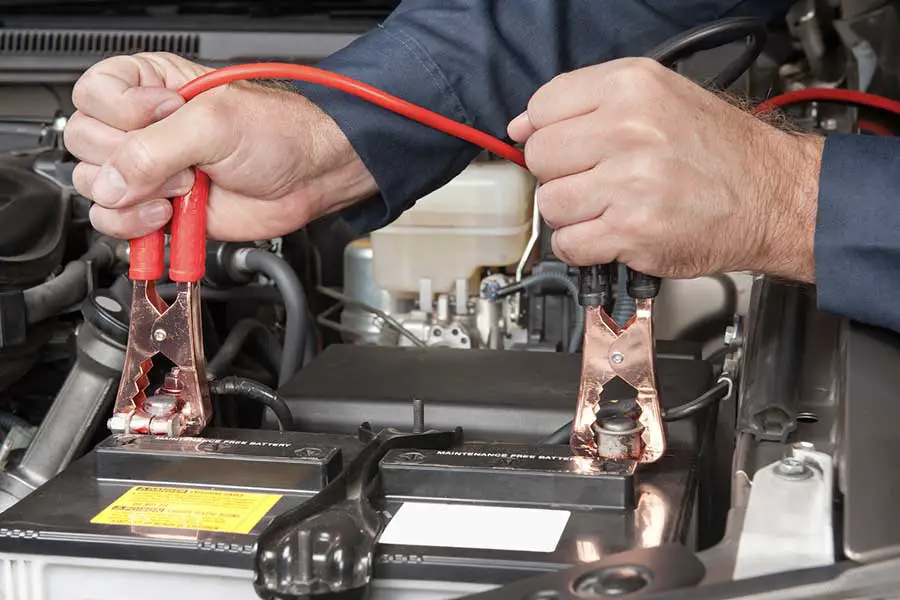
To safely jump start your car, you need to:
- Check for cracks, leakages, and spills.
- Always have on safety gloves and goggles to protect yourself from acid spills in the process of handling batteries.
- Clean off any corrosion from your car cables.
- Make sure the recharging car is close enough to connect the jumper cables.
- Avoid using wires different for a cable connection to prevent melting.
- Ensure the functional car is turned off.
- Go through the manufacturer’s manual to see if your car is safe to jump start. Some cars have sensitive circuitry, and it is not advised to jumpstart such.
After you have made sure it is safe to start, then it is time to connect both cars:
- Identify the positive (+) and negative (-) terminals.
- Attach the positive end of the jumper cables on the corresponding terminals of both car batteries. The positive jumper cable is usually red.
- Attach one end of the negative cable to the corresponding negative terminal of the charged battery. Then connect the other end to the grounded metal part of the car with the dead battery. The negative jumper cable is usually black.
- Attach the ground cable to a clean, paint-free component.
- After about five minutes, you can start the car with the charged battery. This will charge up the dead battery but not fully.
- Try starting the jumped car, but if it does not respond; give it some more time to charge
- Disconnect the jumper cables and keep the jumped car running for a few minutes to let the alternator charge the car battery. Try driving the car around for 15 to 20 minutes after this to fully charge it.
How to disconnect the cars after jump starting:
- Disconnect the black clamp of the jumper cable that is in the hood of the dead car.
- Then, disconnect the black clamp from the negative (-) end of the charged battery.
- Disconnect the red clamp from the positive(+) end of the battery.
- Next, disconnect the red jumper cable clamp from the positive(+) side of the good battery.
- To increase the charge level of the drained car, drive it for around 15 to 20 minutes.
Make sure to go through the car manufacturer’s manual to confirm if it is safe to jumpstart your car. Also, check for tips that may be exclusive to your car, including the weather conditions that you can and cannot jump start your car in.
Precautions for the donor battery:
You should also pay attention to maintaining the donor battery, that is, the battery from the charged car. Take note of these precautions to protect the donor battery:
- Make sure the donor battery is charged. It is not advisable to use a low-charged donor battery to jumpstart another batter. A simple, quick way to test how well charged the donor car battery is, is to switch the headlights on. If the headlights are full and bright, the car is well charged, but if the headlights are dim, then the car battery is low and should not be used as a donor.
- Make sure the voltage system of the donor battery and the dead battery match. For example, do not connect a 6V and a 12V battery.
- Make sure the clips are connected in the right order. This reduces the chances of shorting the battery. The connection sequence goes like red to dead; red to donor; black to dead; black to metal.
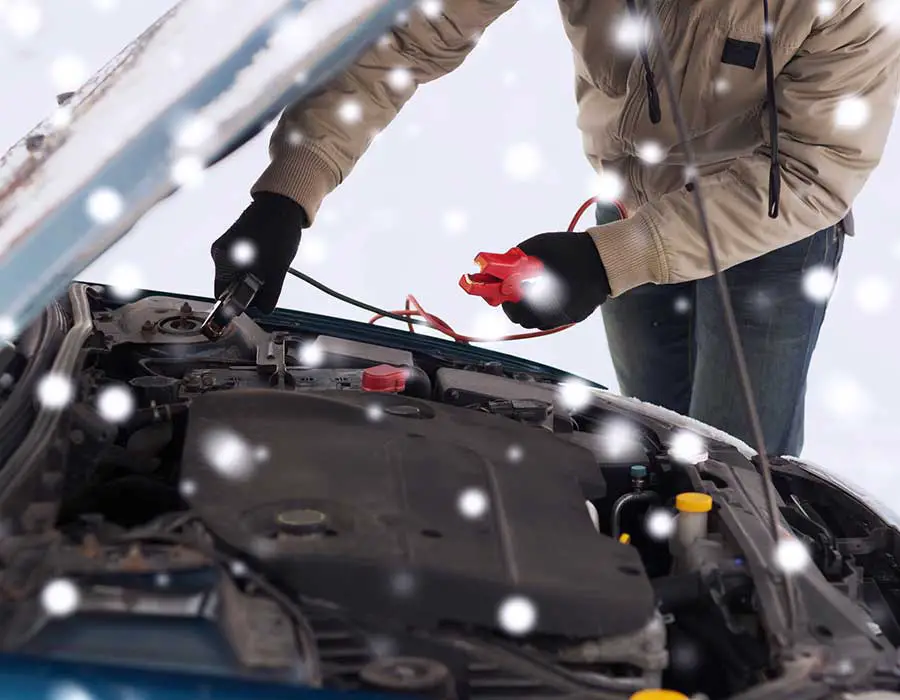
How Long To Charge A Car With Jumper Cables:
For more recent cars, it takes about 5 to 10 minutes to jumpstart because it has reached the minimum voltage level first. Even after the five minutes, it is advised to wait for another three minutes so the supplying car can take off some load from the jumped car’s alternator. Old generation cars, however, need no waiting time, it just starts immediately.
Can You Fully Charge A Car With Jumper Cables?
Using the jump start method to charge a car will not fully charge it. Instead of leaving it connected for a longer period, you may need external charging or drive the car for a bit to top up the charge.
Why you need to be extra careful when jumpstarting a car:
Jump-starting a damaged car battery can lead to an explosion. This is because the sulfuric acid in the battery can leak out of vents as highly flammable vapor. Also, avoid umping a car in the rain because water is a good conductor of electricity and this can damage your car. Understand the wiring of your car wires to avoid making wrong connections. Recent car models have more electronic work, which needs patience to be handled. So, making mistakes with wire connections can cause damage to your car battery.


